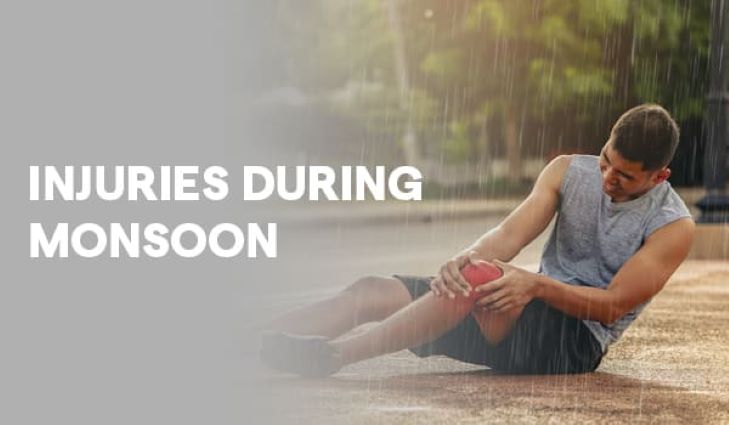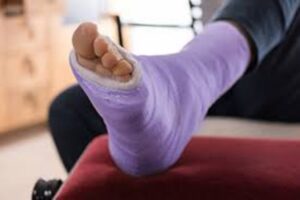Fractures and bone injuries increase by 30% during monsoon season in India

Team L&M
Monsoon pleasing but not when there are accidental falls, slips, or trips. Moreover, rains make roads slippery, and the accumulation of water in puddles makes for muddy spots around the uneven ground, which can lead to accidents. There are certain factors that can lead to a fall like walking on the wet floor and wearing inappropriate footwear, vitamin D deficiency, and difficulty in walking and balancing, uneven or broken steps at railway station, clutter at home, insufficient lighting or darkness while raining, vision problems and tripping over furniture and many more.
Giving more information and advice on this Dr. Amit Munde a Joint Replacement and Sports Injury Specialist from Apex group of Hospitals, Borivali says, “Appropriate footwear plays an essential role in fall prevention. During the monsoon season, always select for shoes equipped with non-slip soles, which offer excellent traction on wet surfaces. Practice caution when walking in wet conditions or areas. Take minor steps and proceed at a slower pace to avoid any unnecessary falls. Keep your feet close to the ground and avoid taking long steps. Preventing slips and falls isn’t just limited to outdoor areas. Take proactive measures to keep indoor surfaces dry as well. Ensure that any leaks or drips are promptly fixed to prevent water accumulation. Monsoon injuries are not visible immediately yet can cause immense pain. These injuries may include ankle twists, wrist sprains, knee sprains and tears in ligaments and tendons. Soft tissue injuries need immediate medical care and may result in chronic pain or damage. Slipping or falling can sometimes lead to spinal cord injuries which can be life-threatening or may hamper our movements for an extended period. Spinal cord injuries may happen due to a sudden shock on the spine that may sever the spinal cords or compress them. Fractures are cracks or breaks in the bones. Breaking a bone is a scary feeling accompanied by severe pain. Depending upon the bone location and size of the fracture, its healing may take anywhere between a few weeks to several months. A fracture may also cause damage to surrounding tissues and affect the nervous system and its connection with movement, known as neuromuscular dysfunction. An X-Ray followed by immediate treatment from an expert practitioner is a must in such cases.”
He further added that minor injuries may resolve themselves with icing and rest. For more serious afflictions, your orthopaedic specialist may recommend physical therapy. This type of nonsurgical treatment focuses on restoring function to your body to increase your range of motion, reduce pain, and prevent lasting disability.
How to avoid slips and falls?
- Take the support of guardrails when using the stairs.
- Avoid dark and damp places. Use a flashlight if unavoidable.
- Ensure your footwear is not slippery and provides good grip support.
- Use a cart or elevator when carrying heavy items.
- Be aware of your surroundings, and identify objects that may fall or reason a slip.
- Avoid the use of mobile phones while walking.
- Always dry your feet on a mat before entering a building.


